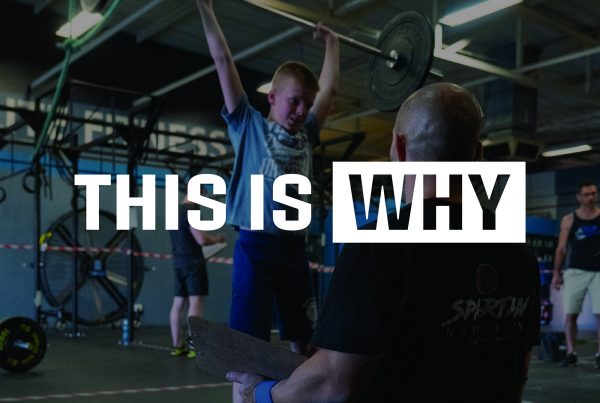Don’t you just love it when you’re eating out and say no thanks to dessert, and people offering or ordering dessert say “Go on, you’ll be able to burn it off in training,”? I don’t love it, it’s a pet peeve of mine. Especially because, in general, those people are the ones who need to be laying off the dessert so are only saying that to make themselves feel better. They are a bit misinformed too.
There are many misconceptions about exercise and nutrition, but the beliefs surrounding caloric (energy) expenditure and exercise are arguably the most common. There are two in particular.
If calories burned during exercise equal calories consumed you are in energy balance
The calorie balance consortium. You’ll find it interesting to learn that Coca Cola were (probably still are) big funders of the energy balance consortium who say that as long as the amount of calories you burn in exercise are equal to the amount of calories you consume, your body composition will not change. You should see red flags as soon as a big food company is involved in funding a message about food.
All calories are not created equal. Sure, the amount of energy a calorie yields is the same regardless of the source. 100 calories from a slice of cake are significantly different to 100 calories from some sweet potato. The cake comes with empty high glycemic carbs, diabetes and cardiovascular disease. The energy from the sweet potato comes with minerals and nutrients – more than just energy.
The equation for caloric expenditure is also significantly more complex than it’s made out to be. There are too many variables for the everyday person with an Apple watch or FitBit to calculate accurately.You can get a pretty good idea of caloric expenditure from those devices, and an even more accurate result from more high tech heart rate monitors and their relevant software. But without some form of laboratory testing and control over what nutrition labels say about a food, you’re never going to be able to accurately compare calories in versus calories out.
The best you can do is ensure that the calories you are getting are from quality, whole food sources, and by measuring your macronutrient intake. Different to measuring caloric intake 😉
You need more “cardio” to burn more calories to reduce body fat
This is an interesting one. I’m not sure how this misconception came about, but it’s probably a combination or marketing hype, the other misconception that if you sweat more you’re burning more calories, and sheep……
Yes you read that correctly, sheep – they just follow the one in front!
The cool thing about this topic is that it’s been well researched. And the research is unequivocal – resistance-based exercise (weight training / weightlifting) performed in a high intensity format is more effective in reducing body fat while improving metabolic rate (for at least 16 hours after the session), insulin sensitivity, overall energy expenditure and cardiovascular disease risk factors. And the kicker is that these results have been shown in both healthy subjects and those who are obese, diabetic and with cardiovascular disease.
Just to drive the message home, all the above factors such as metabolic rate, insulin sensitivity and overall energy expenditure contribute to your total caloric expenditure!
So, take some weight training (kettlebells, medicine balls, dumbbells, barbells, sleds, etc.) and combine with other elements to create high intensity (high power output) workouts, and you’ll be burning more calories and doing more for your health than you would be if all you did was cardio-based training. You need the cardio-based stuff in there for both mental and physical health and variety, but in smaller doses.
Move load, move it quickly over long distances. Get leaner, more toned, and healthier. IF you combine that with a diet rich in whole food.



